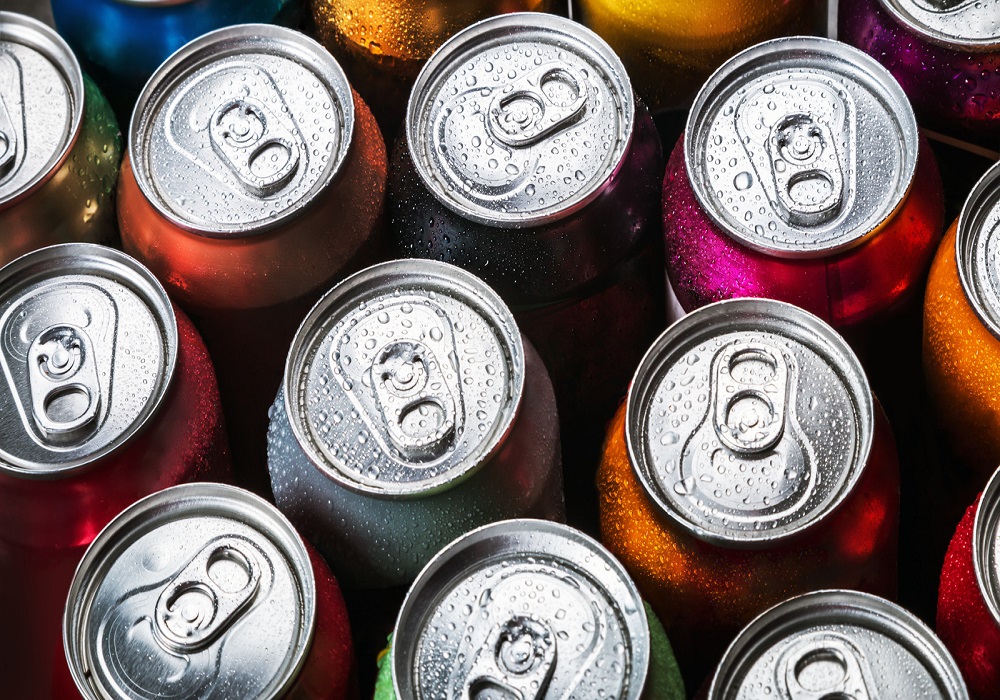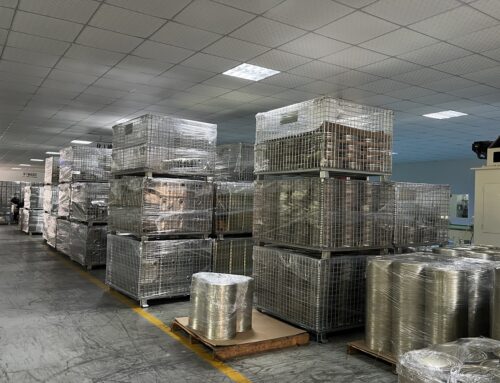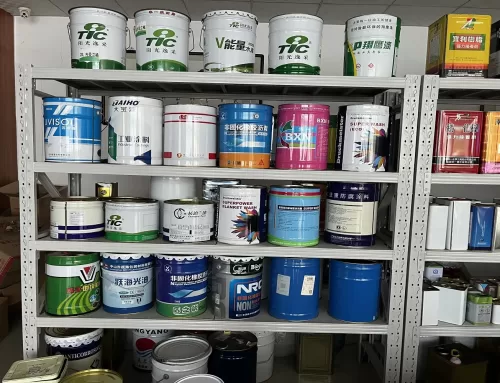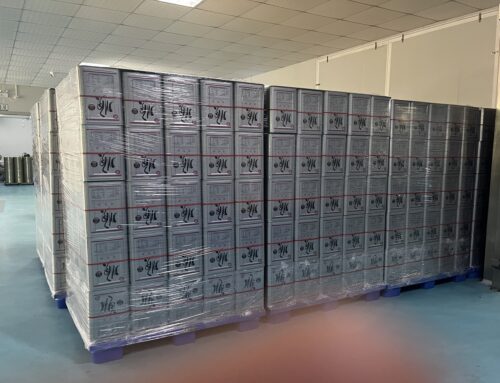Processing Technology for Aluminum Used in Beverage Cans
The processing technology for all-aluminum beverage cans is a benchmark for measuring a country’s level of aluminum processing technology. The manufacturing of beverage cans incorporates advanced technologies from various industries such as metallurgy, chemicals, machinery, electronics, and food, making it a microcosm of aluminum deep processing.
The production process of high-precision aluminum alloy strips mainly includes smelting and casting, scalping, homogenization and heating, hot rough rolling, hot finishing rolling, refining, shearing, and annealing. To ensure excellent deep drawing performance, fatigue resistance, corrosion resistance, superior surface quality, high strength, sufficient plasticity, low ear-making rate, and strict dimensional deviations, the material must have suitable chemical composition, excellent metallurgical quality, proper structure, and plate shape tolerances. To meet these requirements, effective control of each production stage of aluminum strips is necessary, including composition control, aluminum melt treatment, and optimization of hot rolling processes.
In general, the processing technology for AA3004/3104 aluminum alloy strip used as can body material involves semi-continuous casting (casting ingot thickness of 500-750mm), homogenization treatment at 580-610°C for 4-12 hours, hot rough rolling and hot finishing rolling at around 530-550°C, and final thickness of 2-3.5mm. Controlling the ear-making rate is crucial. If the ear-making rate is high, it will not only increase the amount of edge trimming and material waste, but also lead to cracking between the two ears during deep drawing and thinning processes. Currently, measures taken by can material production companies to reduce the ear-making rate mainly involve controlling the final rolling temperature to ensure the material is in a fully recrystallized state, followed by strict control of the cold rolling deformation, ultimately achieving a rolled structure that accounts for about 25% of the recrystallized structure.

More than 97% of can body material is rolled into coil strips using semi-continuous casting ingots on (1+3) or (1+4) hot tandem rolling lines, which are then cold rolled to the required thickness using cold tandem rolling lines or single-stand four-high reversible cold rolling mills. Lid material and tab material can be rolled on regular four-stand single-stand hot rolling mills or on hot tandem rolling lines. The state of can body material is H19, which requires a cold rolling rate of 88%. The comprehensive yield rate from the hot rolling stage (both surfaces) to the cold rolling stage to the finished product currently represents an advanced international indicator of about 70%. Taking into account 3% casting burn loss and waste on all sides, the comprehensive yield rate is approximately 65%.
For aluminum alloy strip used for can lids (caps, pull tabs, etc.), the strip is first subjected to anodizing treatment to enhance coating adhesion and corrosion resistance. After painting on both sides and drying, it undergoes lid forming. There are two types of lid materials: one with a pre-coating and another without. The coating can be pre-applied at the rolling mill or coated at specialized post-coating facilities, and the pre-coating material is supplied in coils, while the post-coating material is often in sheet form. Due to the special characteristics of aluminum alloy strip used for beverage cans, a hot rolling process is required for the production of the strip. During the hot rolling process, it is essential to control the metallurgical structure, mechanical properties, surface quality, geometric dimensions, and flatness of the strip to meet the quality requirements for subsequent processing and the final product. Currently, most countries around the world adopt the hot continuous rolling process to produce high-precision and high-quality aluminum can materials. It is difficult to produce high-quality materials through continuous casting and rolling, single stand single coiling hot rolling, or single stand double coiling hot rolling processes. The 1+1 hot rolling process is also rarely used due to its unstable quality.
Currently, all can materials are produced through hot rolling and cold rolling processes. Commercially cold-rolled can materials using continuous casting and rolling or continuous casting and rolling hot strip have not been developed yet. Reports stating that developed countries have started using continuous casting and rolling or continuous casting and rolling hot strip processes for the production of aluminum alloy materials for cans need to be verified. The aluminum processing industry and can manufacturing industry have conducted research for many years, and it is believed that continuous casting and rolling hot strip cannot be used for cold-rolled can materials, at least until around 2015. Unless the twin-belt casting and rolling technology achieves a significant breakthrough to produce strip with good metallurgical structure, low anisotropy, and high deep-drawing performance, the production of cold-rolled can materials using continuous casting and rolling is not feasible.
Currently, countries that can produce aluminum sheet for can bodies and can lids include the United States, Germany, France, Japan, South Korea, Brazil, Russia, Australia, and China. Approximately 90% of these aluminum sheet materials are produced by four major aluminum companies: Novelis, Alcoa, Alcan, and Hydro AD. There are many enterprises capable of producing 5052 alloy for can lids, but their production volume is relatively small, mostly undertaken by small companies.
Regarding the processing technology for aluminum blocks used in pressure vessels, the main processes include melting, molten metal treatment, ingot casting (with a thickness of 40-60mm), hot rolling, cold rolling (final thickness of 5-7mm), blanking (from the ingot), and recrystallization annealing treatment.
To ensure that the aluminum blocks meet the special performance requirements, it is crucial to improve the material’s deformation capability from various aspects, especially by enhancing the metallurgical quality and deformation capability of the material. This involves purification and grain refinement of the aluminum melt during the melting process. Additionally, it is important to ensure that the material has a certain level of strength to withstand deformation pressure and bursting pressure requirements after forming.




